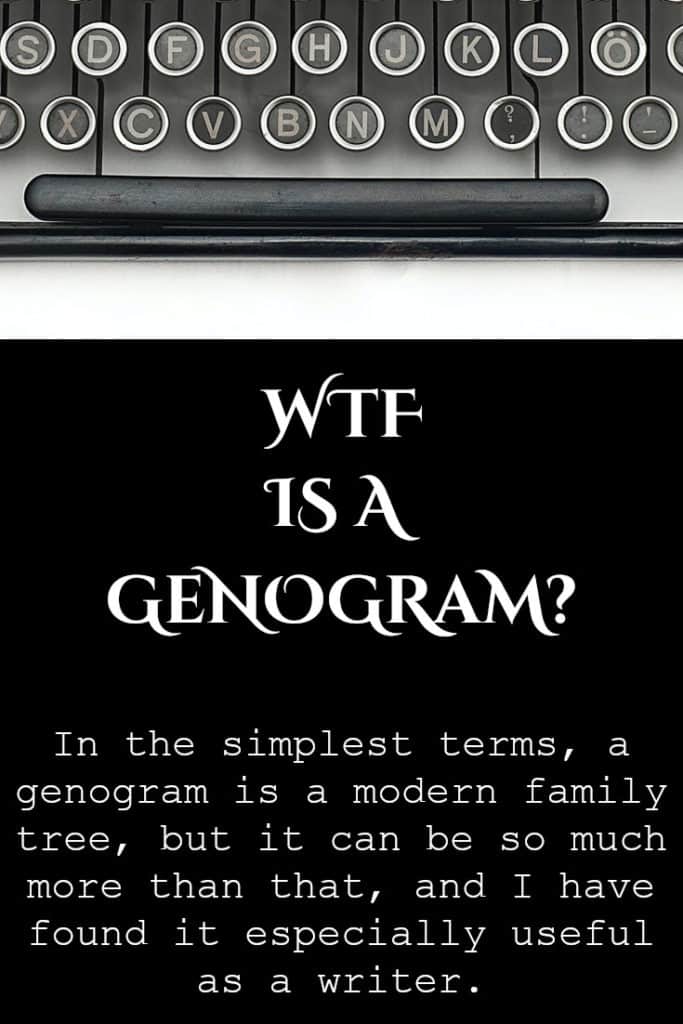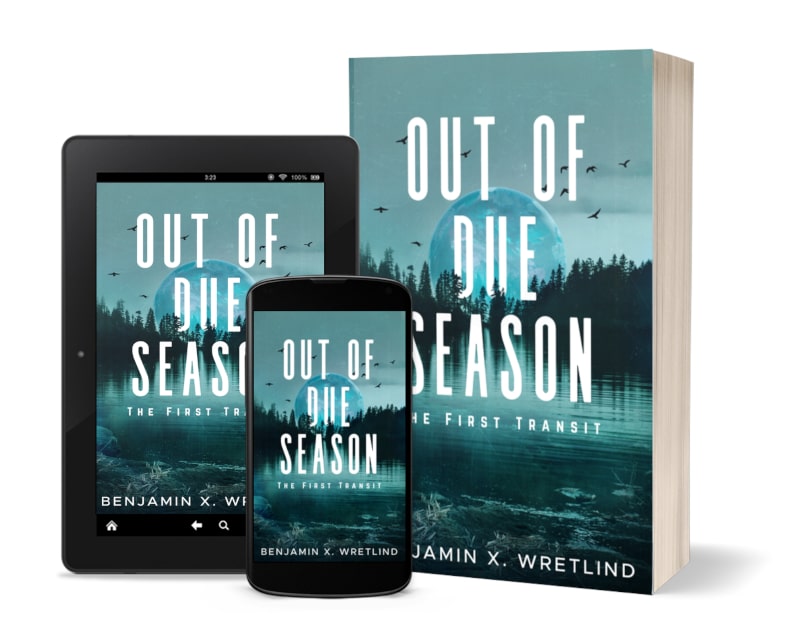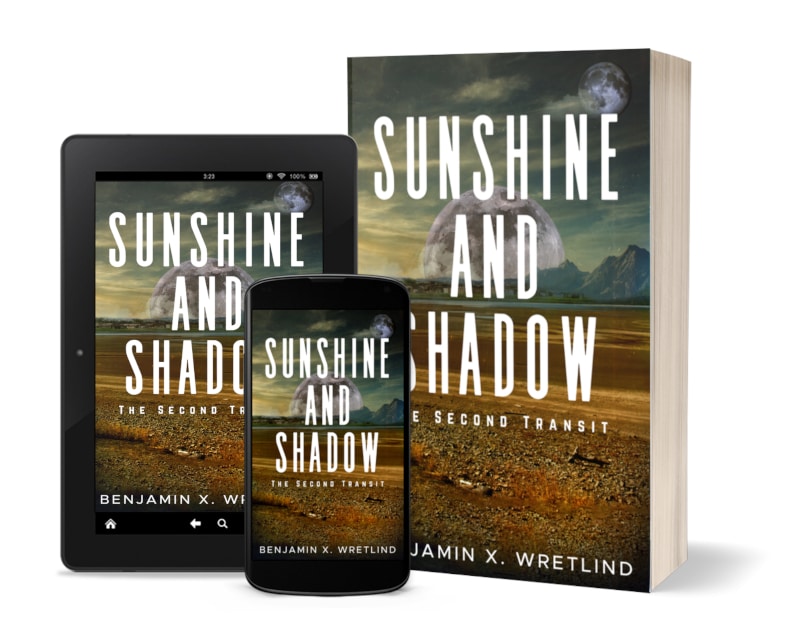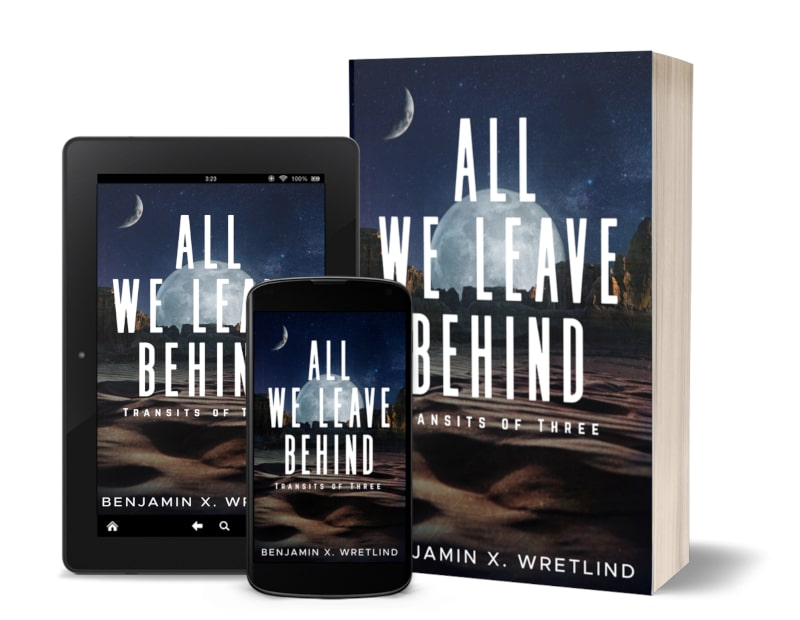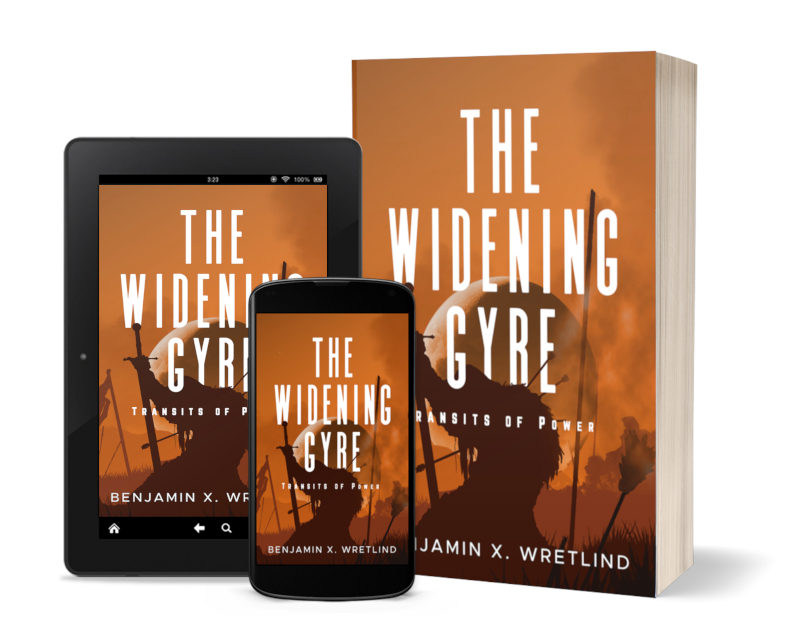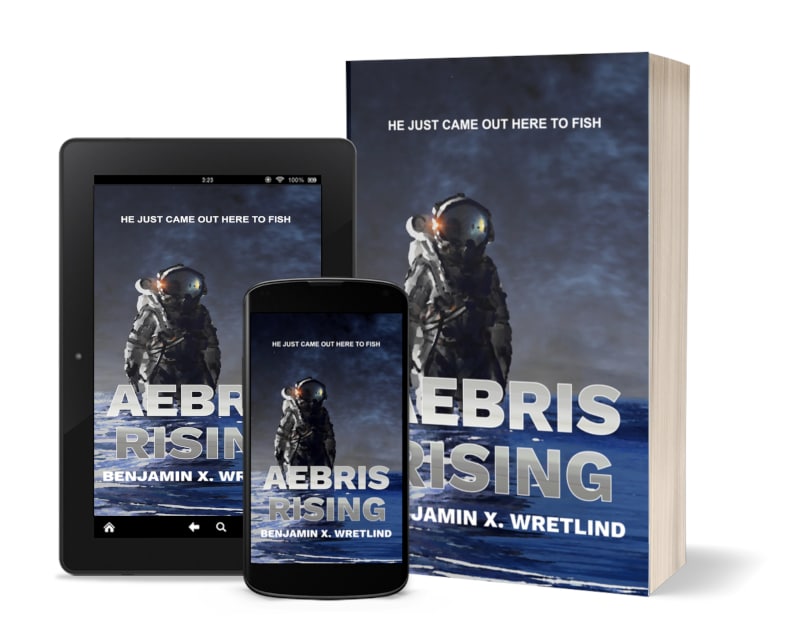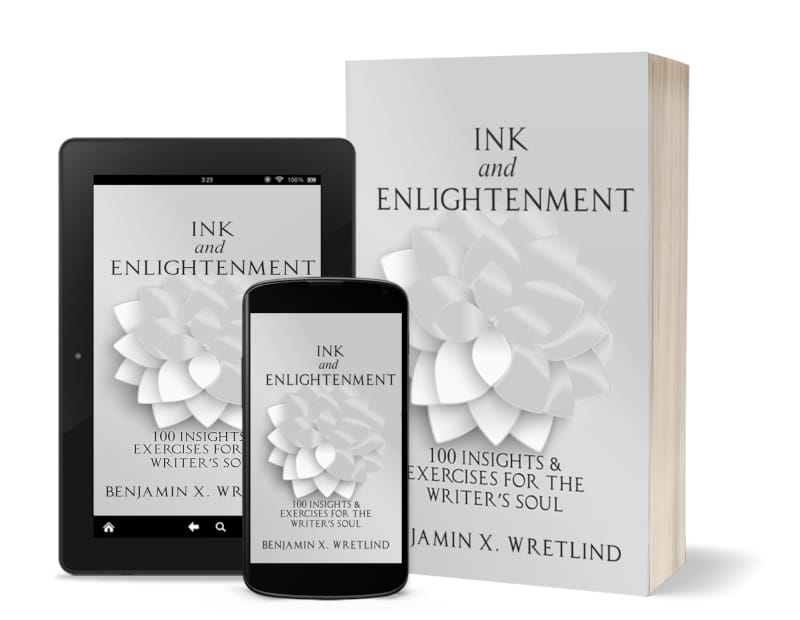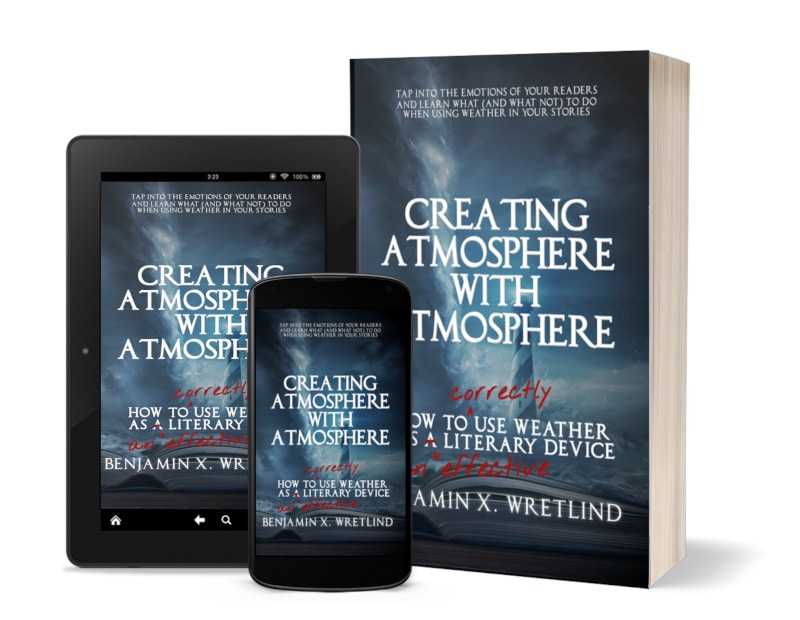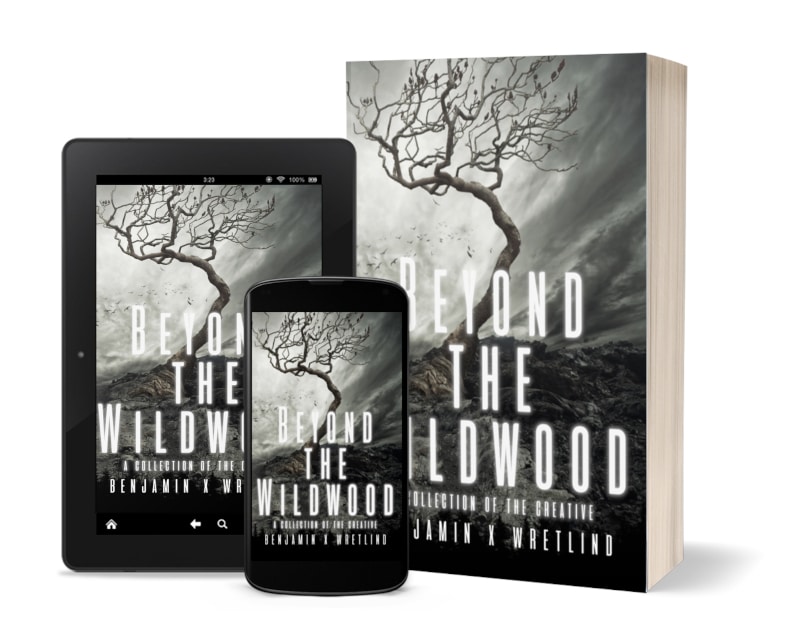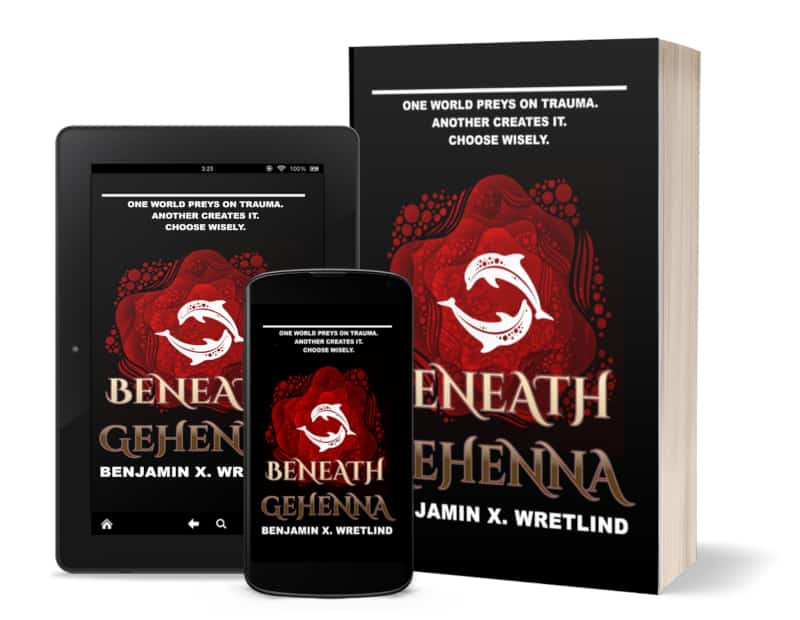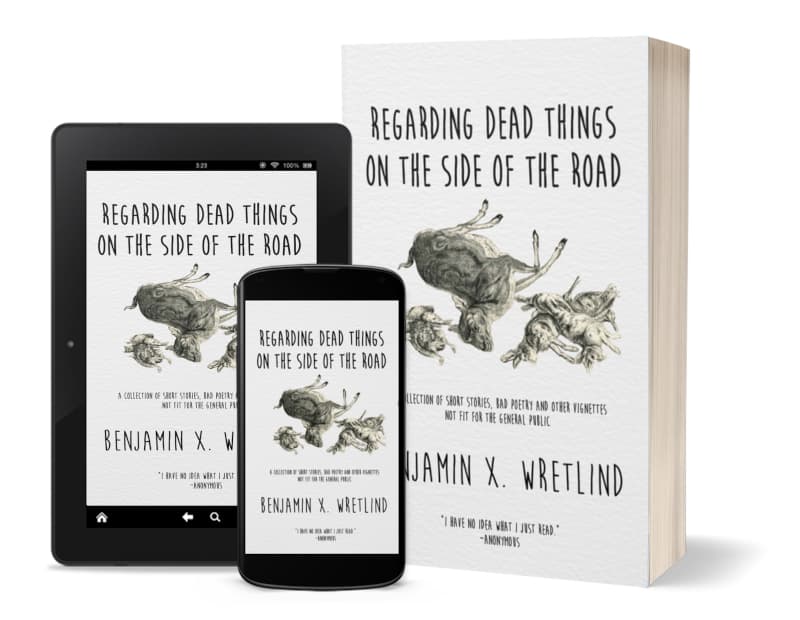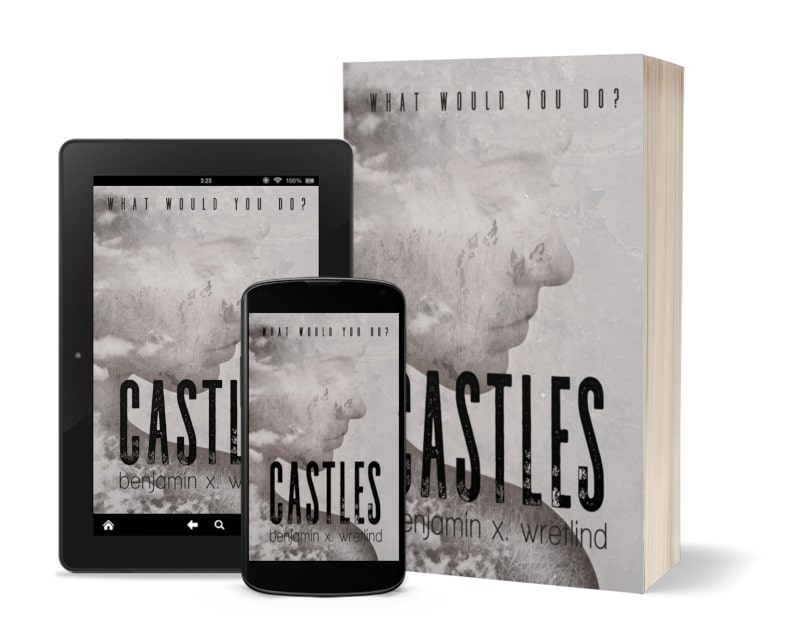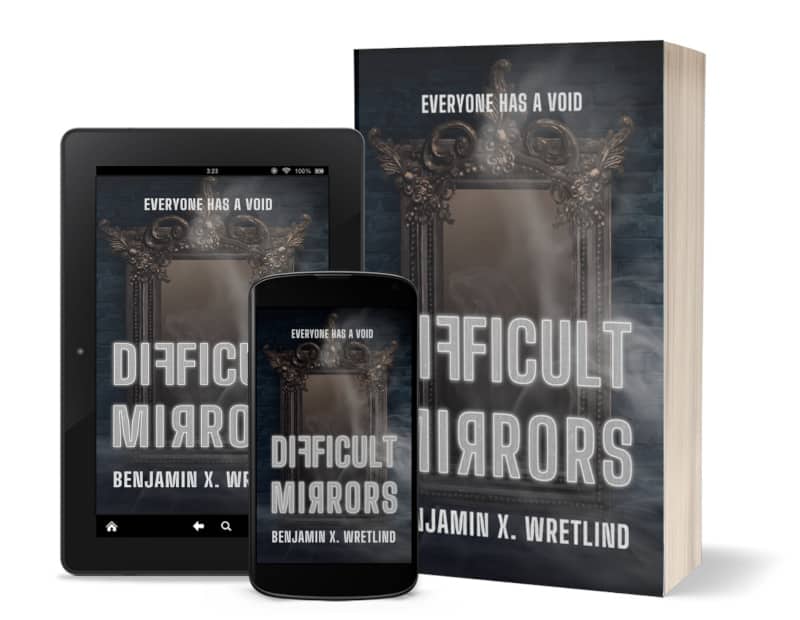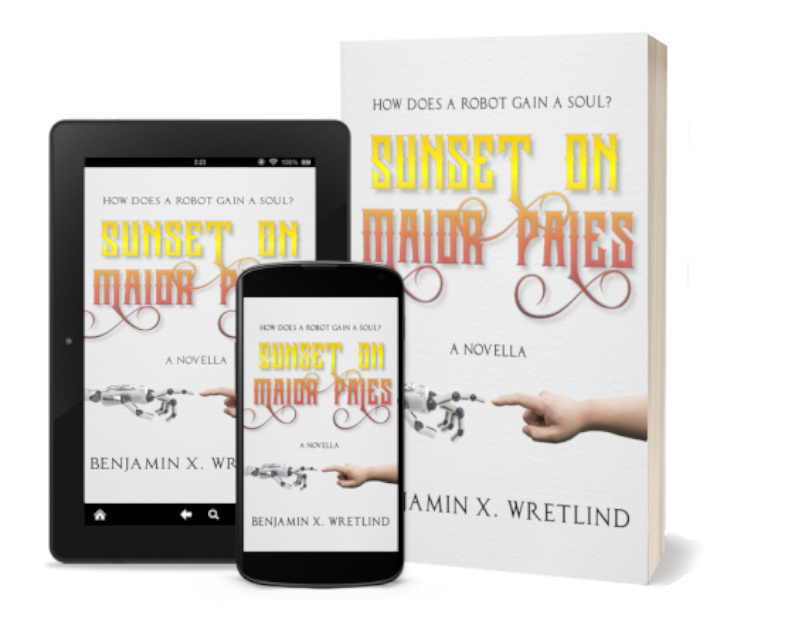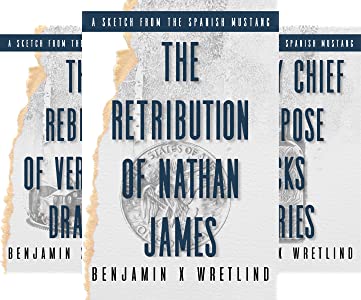WTF is a Genogram?
In the simplest terms, a genogram is a modern family tree, but it can be so much more than that, and I have found it especially useful as a writer.
Stemming from the world of therapy, genograms are intended to map patterns of a family through several generations. Rather than focus on the fact that this person and that person gave birth to this other person who then married someone and gave birth to a few more people, genograms dig into the relationships of those people.
I’ve written about genealogies before. In that first article, I brought up the idea of genograms. Why? Because characters in novels have lives. Long lives. Lives outside of everything we’ve ever written or plan to write.
I wanted a way not only to track that, but also see if there was something more that could be discovered.
A genogram is a family tree that contains additional information about relationships. For example, you can track who dislikes character X or Y, who had an affair with character Z, who died and why. You can see the how various patterns might emerge in the psychology of some of your characters by discovering issues within–or outside of–a family.
Genograms are used by doctors, therapists, genealogists, sociologists, social workers, and researchers. I also believe they have a utility with writers who might need to find a character’s deeper motivation.
As we all know, families are not simple.
Much of the research behind genograms and genogram assessment is based in the clinical. Our characters, however, are humans, unless they are aliens or animals. Even then, those aliens and animals (and humans) have relationships.
Below is an example of a genogram I pulled from the web, but shows the relationships, career, and ethnicity of the artist Frida Kahlo.
While it seems complicated, there are legends to help. You can see there that Kahlo, a painter who lived from 1907 to 1954, was a quarter German and a quarter Mexican with an additional combination of other ethnicities. In addition, she had a relationship with Diego Rivera. Notice all the notes. Not only do we know that Kahlo had polio as a child and a terrible bus accident at 18, both her mother and father had seizures. We can see how Diego (who was married four times) had a twin brother who died at age 2, an event that greatly impacted their mother (the double line).
Let’s get fictional for a moment. Below is a genogram for Ross Gellar (Friends).
Check out the description of the above from the counselor who put it together.
Ross, age 36, is a man who is the older brother of Monica who is two years junior. The brunt of negative attention from his mother Judy (who herself had been criticized by her own mother) fell on his sister, who learned to (overly) exert control on all areas of her own life: her eating, her work, her environment, and her relationships.
Due to the very obvious favoritism Ross received from both of his parents, his relationship with Monica has been fraught with competition all throughout childhood and even somewhat in present day. Favored as the Golden Child all his life, Ross could do no wrong in his parents’ (and his own) eyes.
A lifetime’s worth of practice of being the center of attention and the Smart Alec/Know-it-All set Ross up for several rude awakenings as is revealed in his marital history. Four years into being married, his first wife Carol (the mother of his son, Ben) came out as lesbian and ended the marriage to pursue a relationship with Susan. Though his relationship with Carol is harmonious enough today as they’re coparenting their son, this was definitely not a part of Ross’ plan for his life.
Neither were his next two divorces. As a part of his decade-long, hot-and-cold relationship with his high school crush and current (and third) wife Rachel, Ross’ marriage with Emily was DOA when he blurted out Rachel’s name instead of Emily’s at the altar.
What ensued was a string of failed dating relationships and a drunk Vegas marriage with Rachel that resulted in his third (and hopefully final) divorce when the exasperated judge denied an annulment. With this, Ross the Golden Child became “The Three Divorces Guy.” Though he and Rachel remarried after they had their daughter Emma, this is still a sore spot topic for him.
Today, Ross is trying to learn how to navigate his experience with shame and to build healthier relationship dynamics.
–from https://www.olivemecounseling.com/blog/genogram
While a genogram is typically rooted to a single person and the relationships that emerge, it is not outside the bounds of use to merge other genograms, to show the relationships external to the family which have a definite impact.
You can see in the above genogram how even Phoebe and Joey show up. They, too, can have genograms which would a) make for a very large chart; but b) be extremely useful for keeping track of how these fictional players interact with each other.
I encourage you to look further. On the https://www.olivemecounseling.com/blog/genogram website, there is a step-by-step method to create a genogram for your characters. Play around with it. When you have one, see how one of those relationships can be connected to a second or third character.
You may find more than one story when you’re all done.
There are also a few software packages that can create genograms for your characters. GenoPro 2020 is extremely helpful, and if you push that little button below (or click on the previous link), you can get 30% off.




